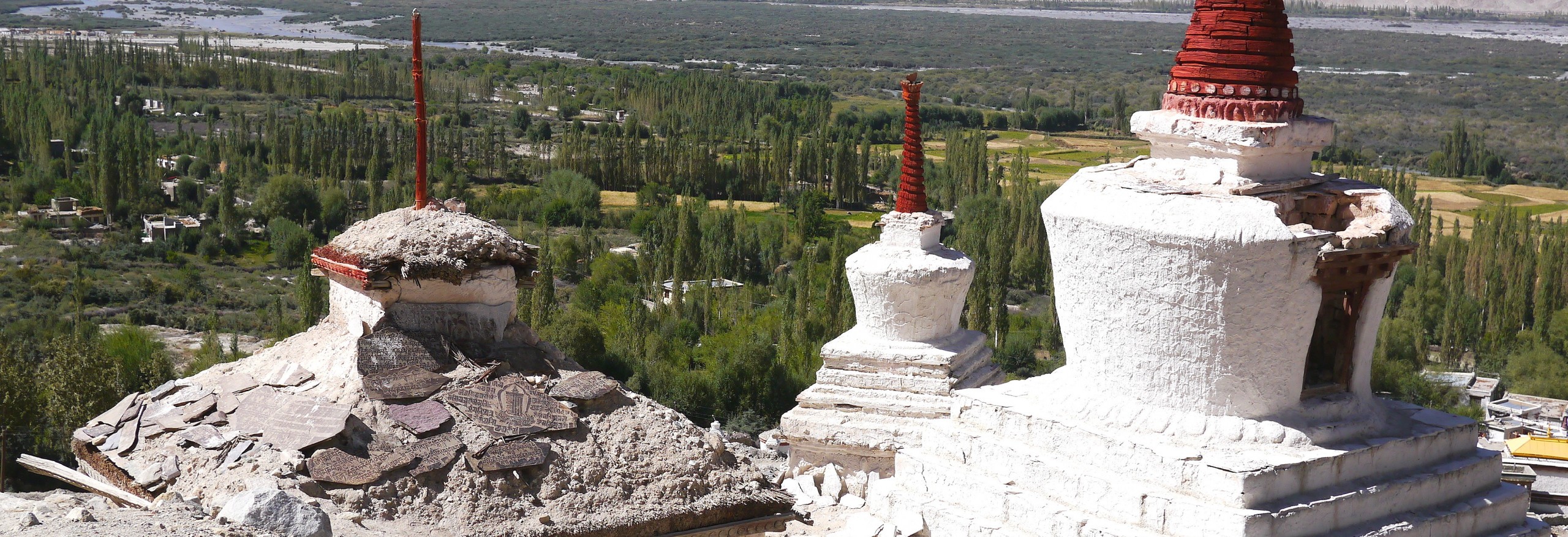
August 2012 – Bokhara, Uzbekistan
The One that Got Away!
I had finished reading Travels into Bokhara: The Narrative of a Voyage on the Indus Being an account of a Journey from India to Cabool, Tartary and Persia. (1834) by Sir Alexander Burnes not long before I reached the Amulet Hotel. It had originally been built as a madrasah for Islamic students to study philosophy and religion in the early 19th century by the famous merchant, Sayed Kamol. Now the student’s cells made quite adequate hotel rooms.
I was there for the usual reasons, Arabian Nights tales of the fable covered bazaars filled with ikat silks and aromatic spices and the magical Bokhara carpets; that and to see the “Bug Pit” at The Ark Fortress, where Colonel Charles Stoddart and Captain Arthur Conolly had been imprisoned for so long before word of the disastrous British Retreat from Kabul in the 1st Afghan war reached Emir Nasrulla Khan. After that the British officers were no longed deemed necessary pawns in the Great Game – which, coincidentally, was a term coined by the unfortunate Captain Conolly several years before they beheaded him in the main square.
CARPETS
Bokhara is the generic name applied to carpets produced by several different Turkoman tribes, since that was the Silk Road city where they were sold. Probably the most common Turkoman tribe to be associated with the term Bokhara was the Tekke. The field had a very distinctive gul design.
This was a very nice carpet, maybe late nineteenth century, very tight and the warp threads were white wool, unlike the modern carpets, which use gray wool. I already had a Tekke in my collection and this was was a bit big to carry overland to Afghanistan. I was sure I could find something equally nice in Kabul. As it turned out, this one was one of the better carpets I saw on the trip…but not the best. That’s the one that got away,

General Introduction
When did humans first start wearing beads and why did they start? According to Lois Sherr Dubin, in the The History of Beads (2009, p. 19):
“… the earliest known beads are associated with Middle Paleolithic people. They were discovered at Skhul Cave on Mount Carmel and have been dated to approximately 108,000 B.C., at about the time Homo sapiens populations were replacing the Neanderthals and developing new and more complex cultures.”
Both those beads and some found at the nearby Qafzeh Cave dating from 92,000 B.C. were either naturally pierced or pierced by predators. But a group of 32 beads from Grotte des Pigeons in eastern Morocco, dating from 82,000 B.C., were intentionally perforated.
What is the significance of this? Anatomically, homo sapiens evolved to their current state approximately 200,000 years ago, but, for the first 100,000 years they exhibited little culture difference from their forbearers. Then, suddenly, between 100,000 and 60,000 years ago, something changed. They started using syntax as well as symbols for communication; they started using complex weapons like slings, bows and the atlatl; and they started to utilize adornment, painting themselves with ocher and wearing beads. Thus beads are one of the earliest, overt signs of the emergence of a new degree of mental complexity and human culture.

In the summer of 2011 I went on a 21-day horseback trek through the Altai Mountains in Western Mongolia. After the trek we set up our yurt at a 3-day Eagle Festival. The Boss-lady on the trek was a Kazakh woman named Amangul. She was a prize-winning singer and musician, and one night she entertained us in the communal yurt. For addition information and a photo gallery…
Here is a video of Amangul singing an Altai folk song.

I took my daughters to Sri Lanka in the winter of 2010. Here is a gallery of a few of the many shots I took. Click on any photo to view them all as one gallery exhibit.

Summer in Samarkand and it was over 40 degrees everyday. I was staying at a little garden guest house on a back street near Tamerlane’s Tomb, and couldn’t resist taking this shot when walking home from dinner. I used a mini- tripod for the long exposure. For comparison, here is the tomb from the same angle, but in daylight.















